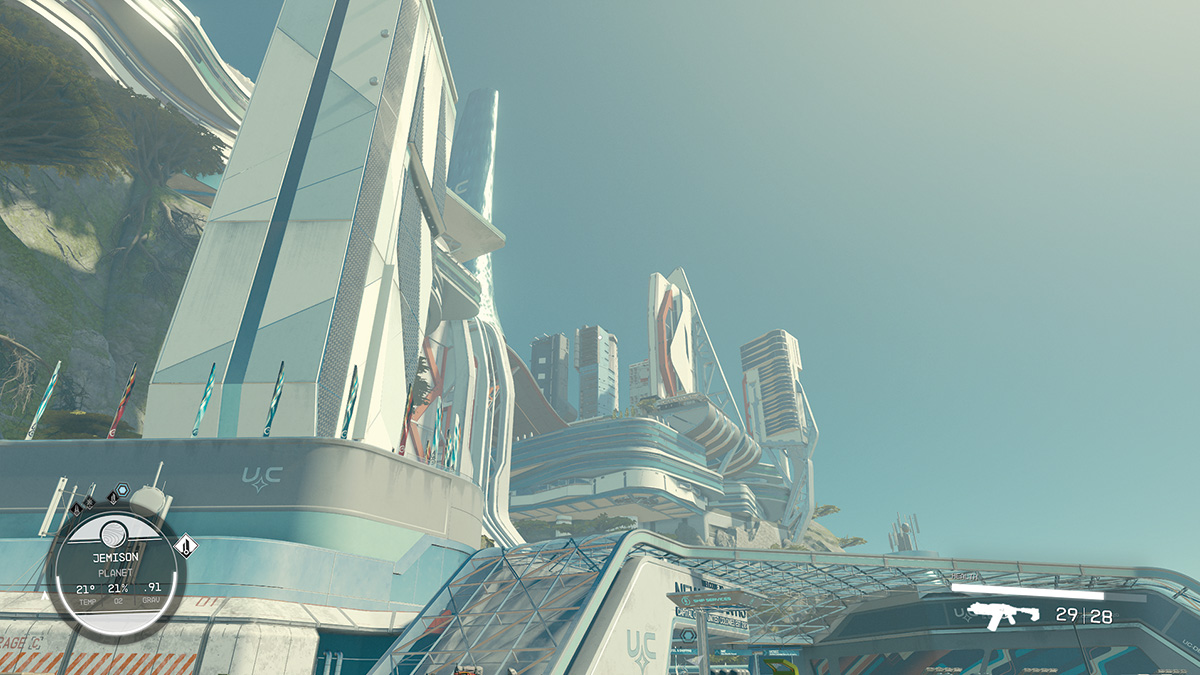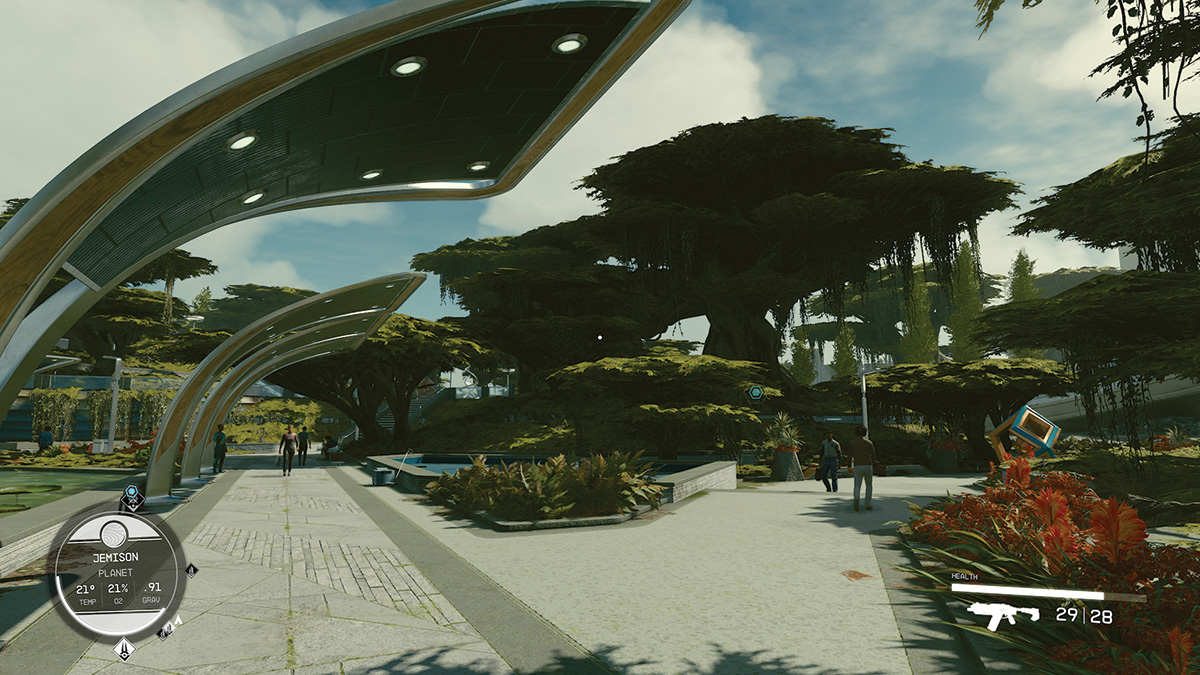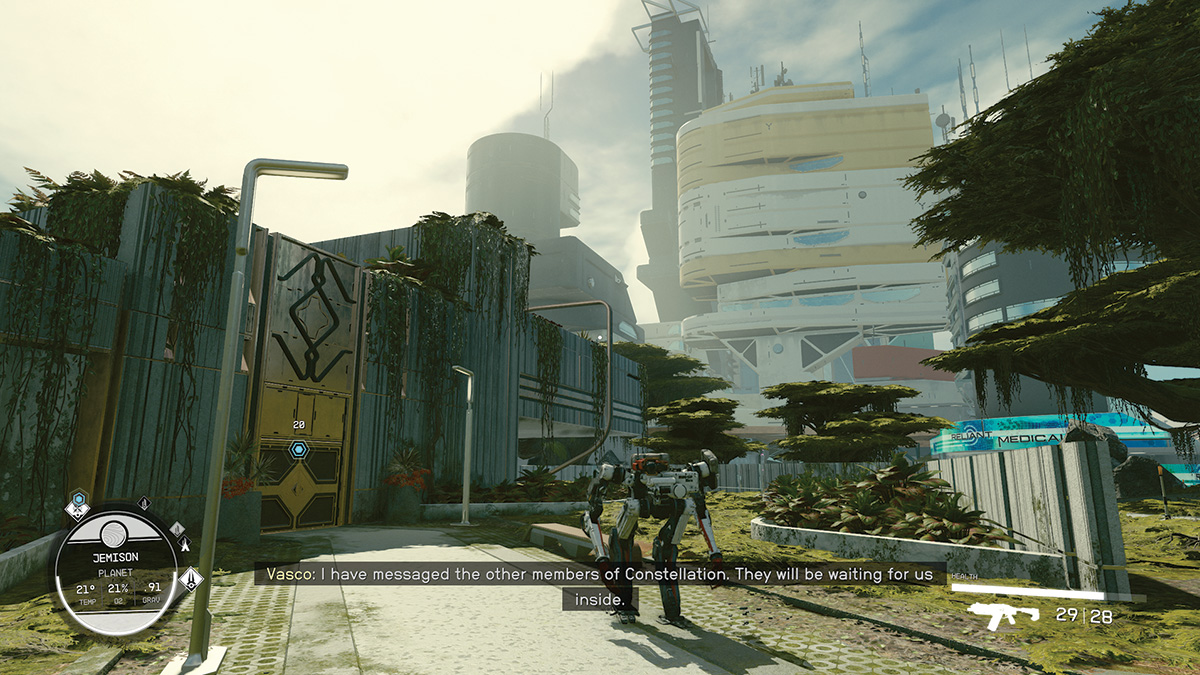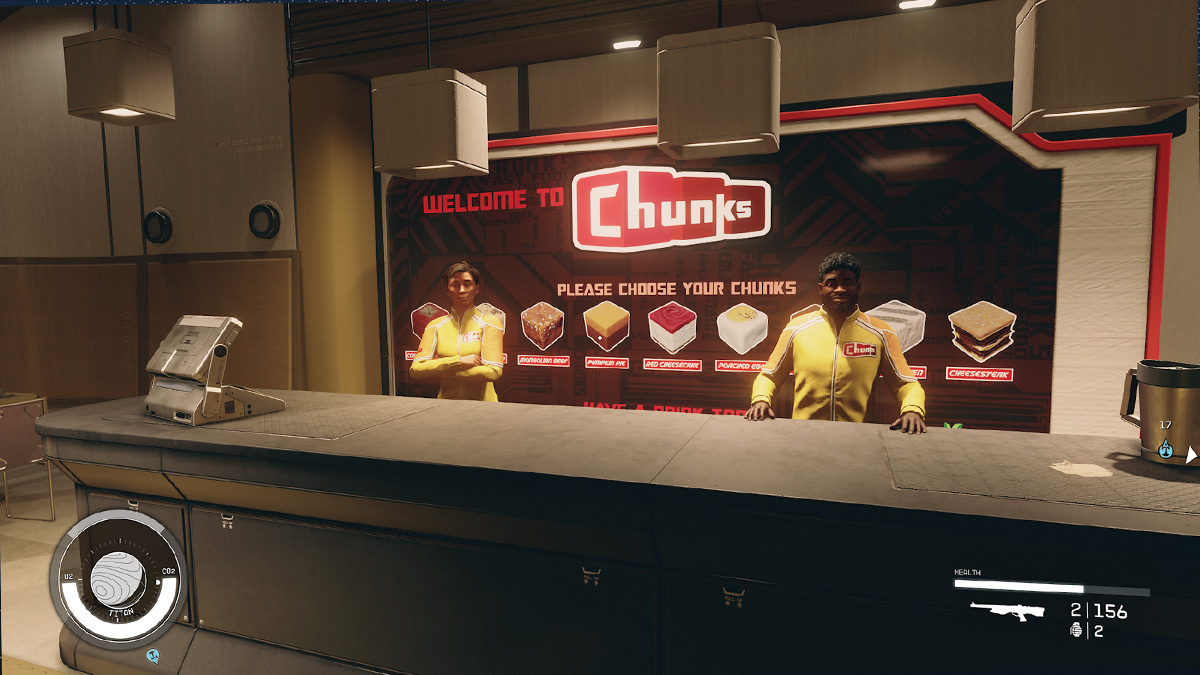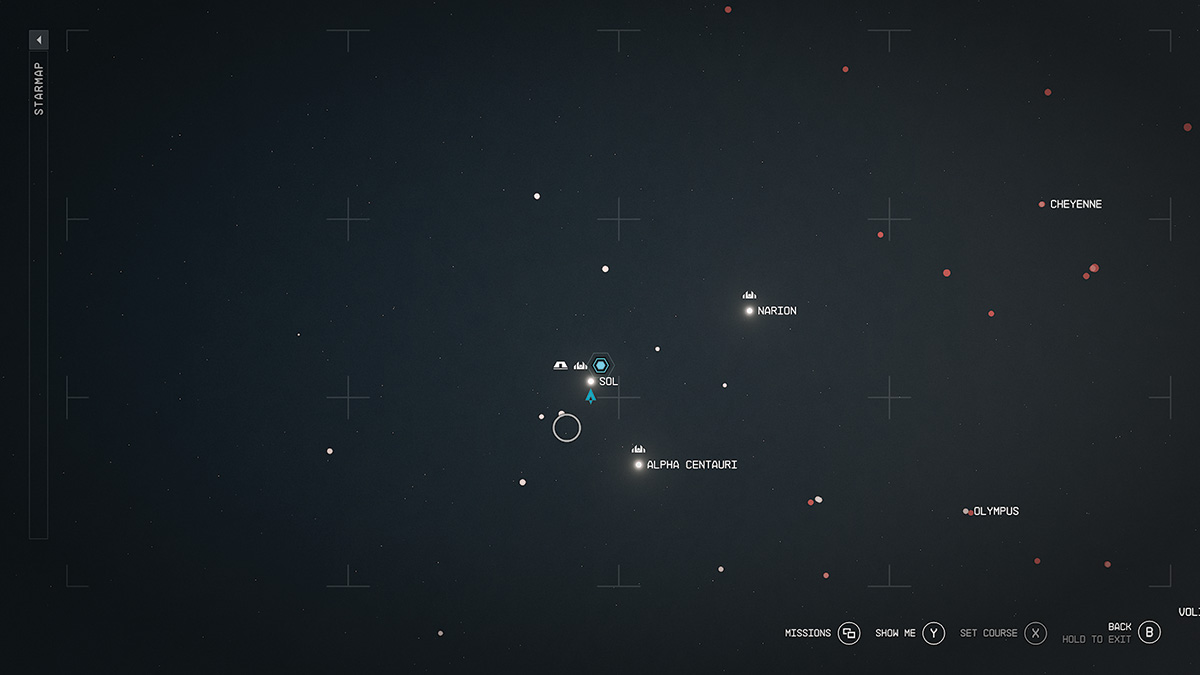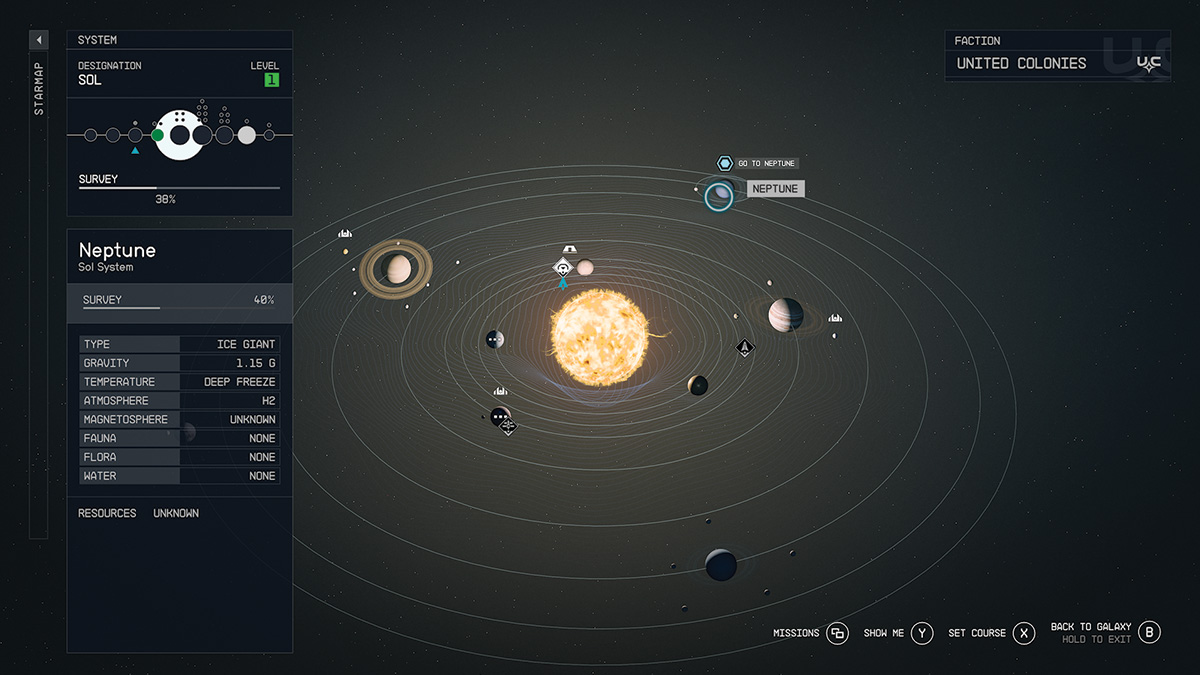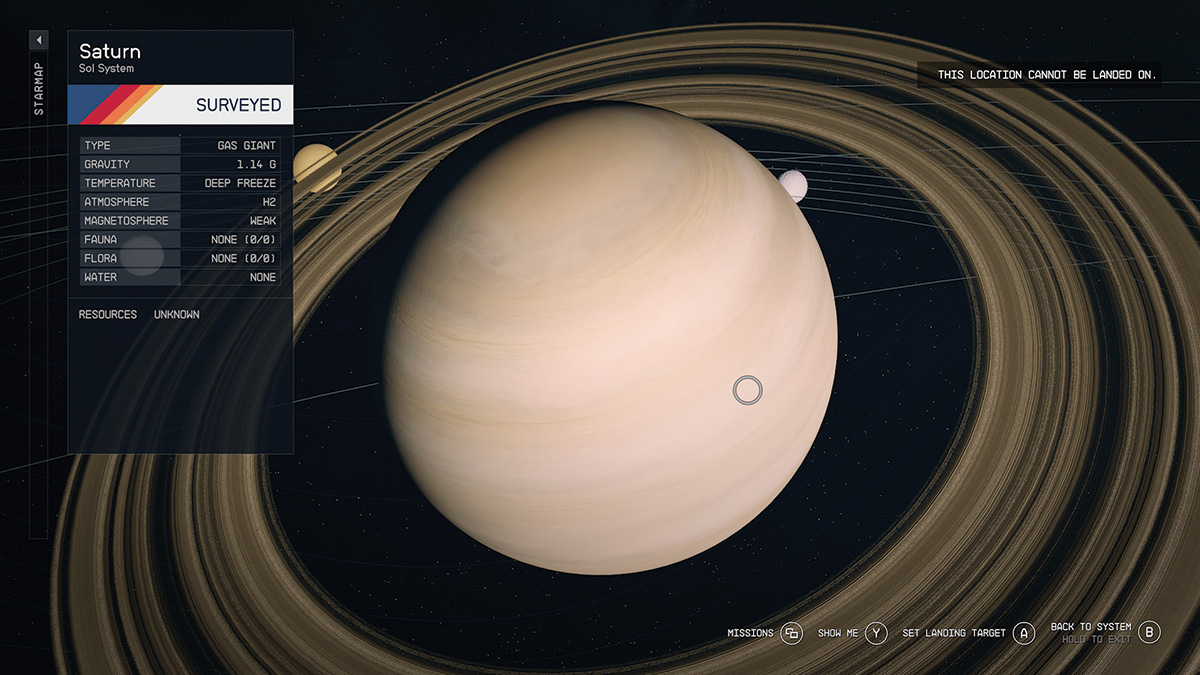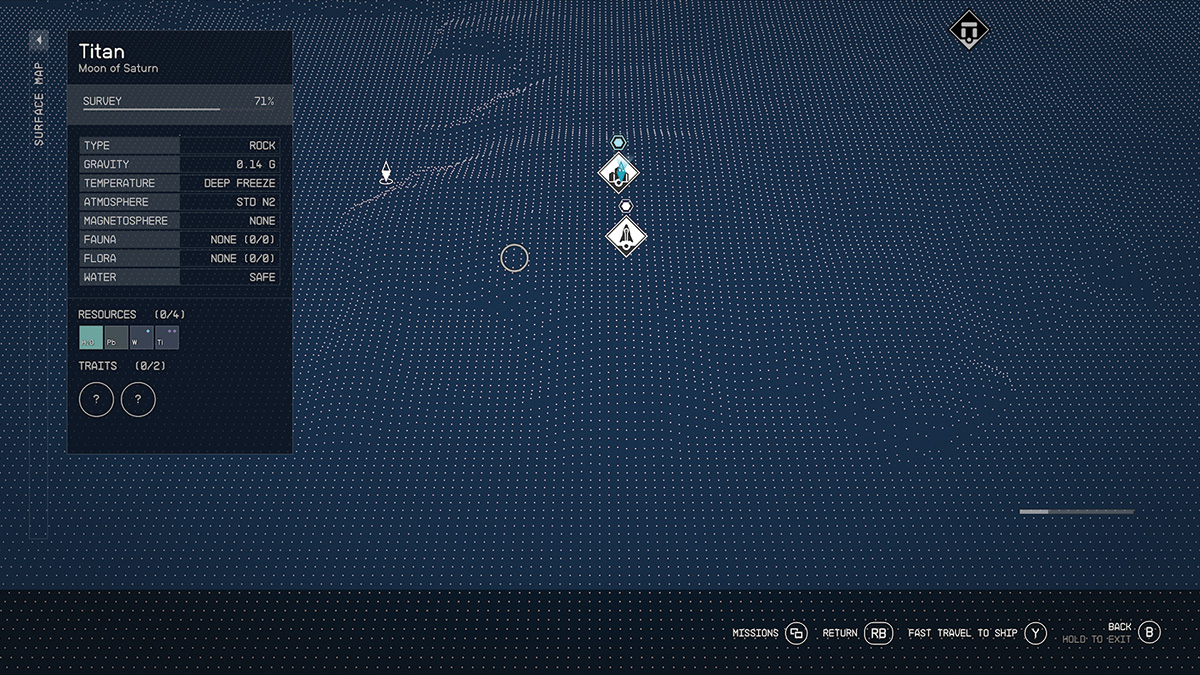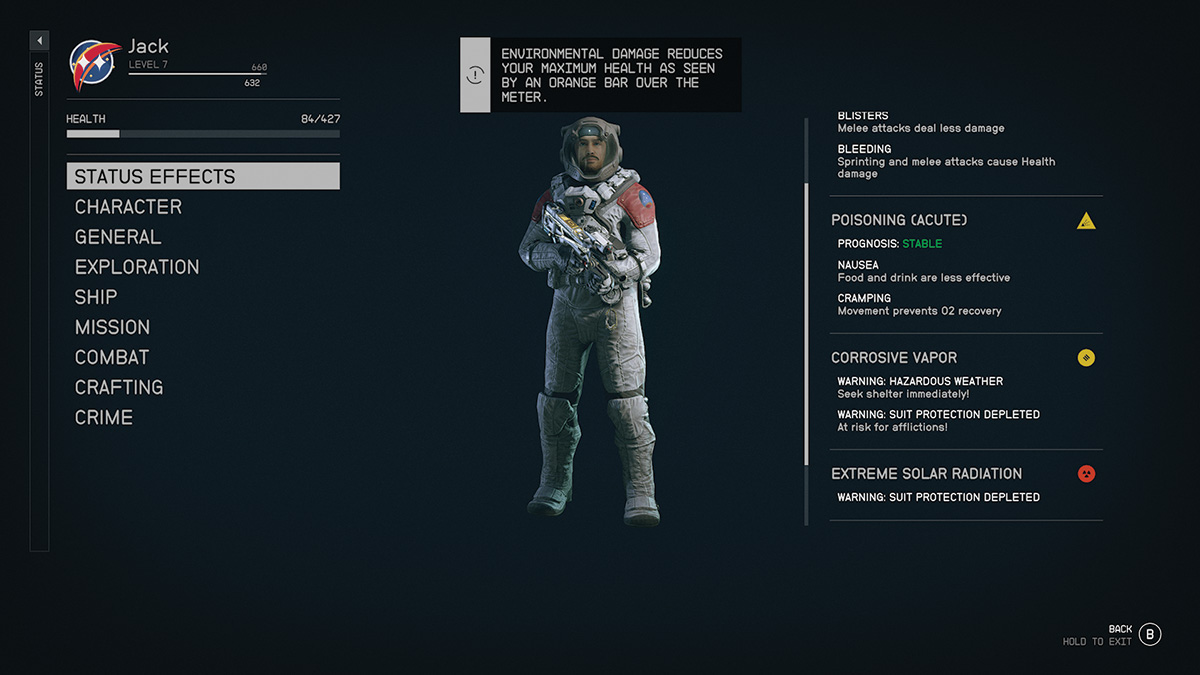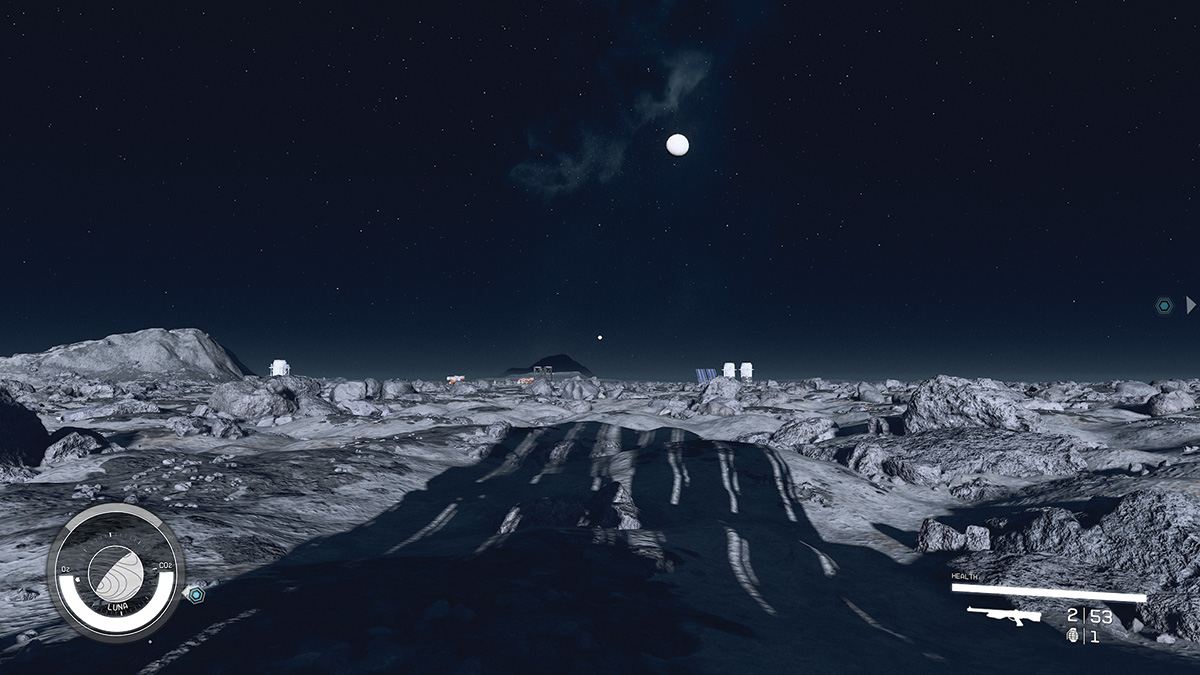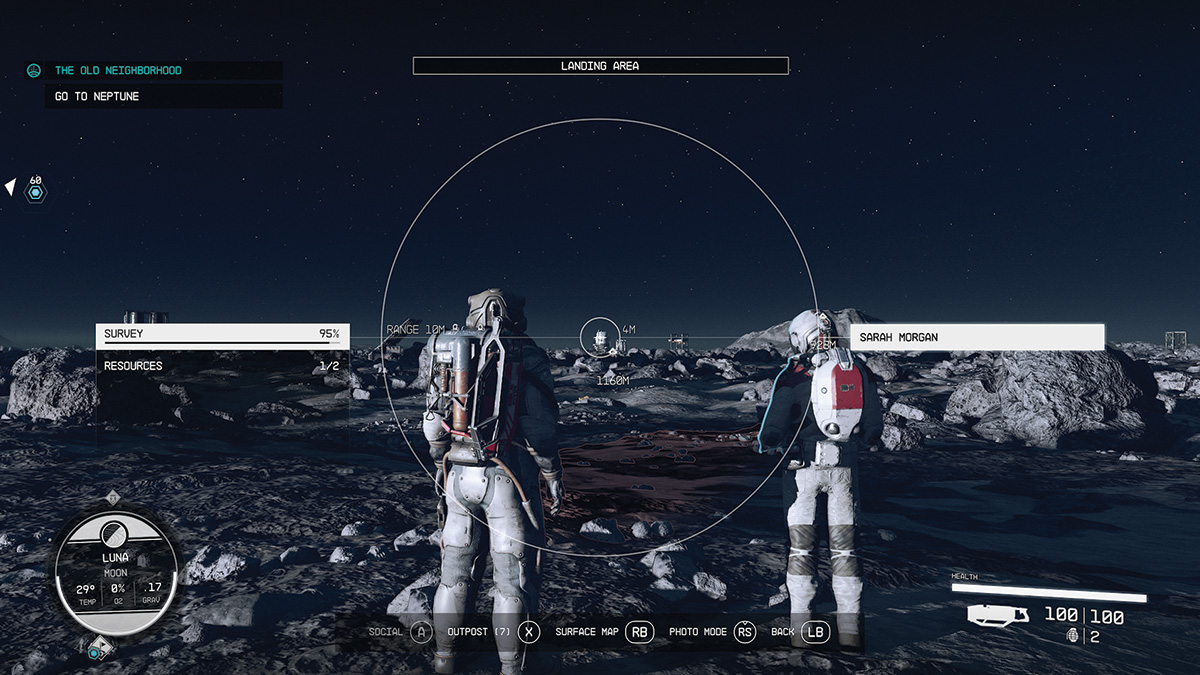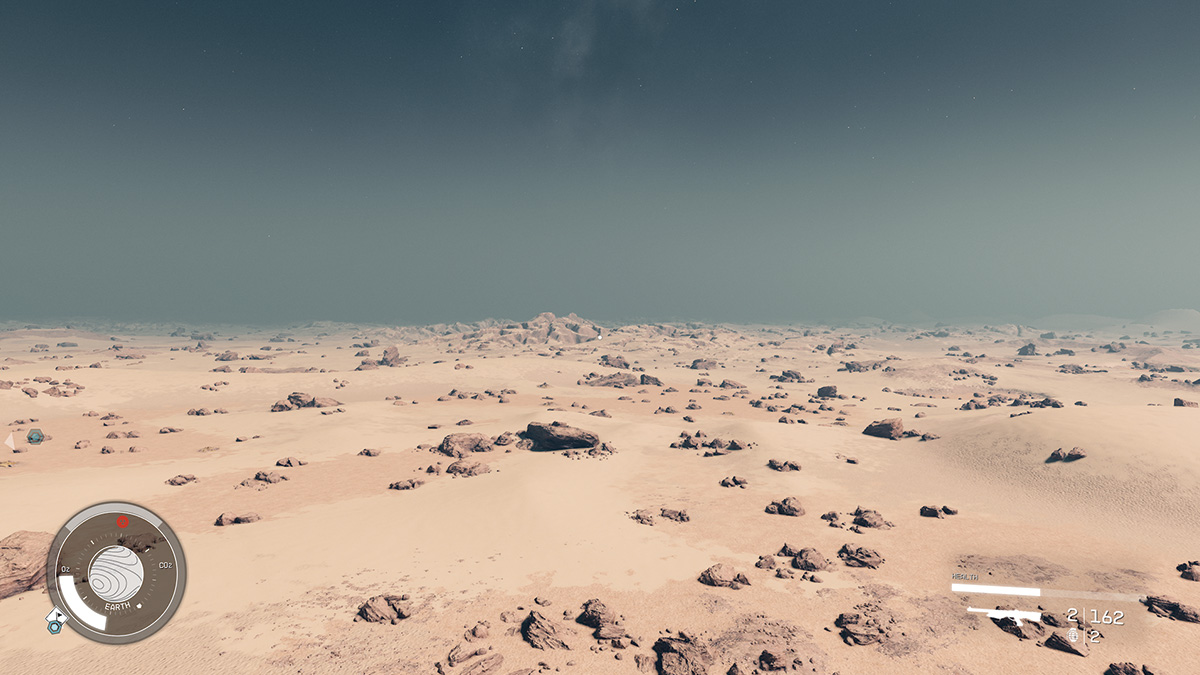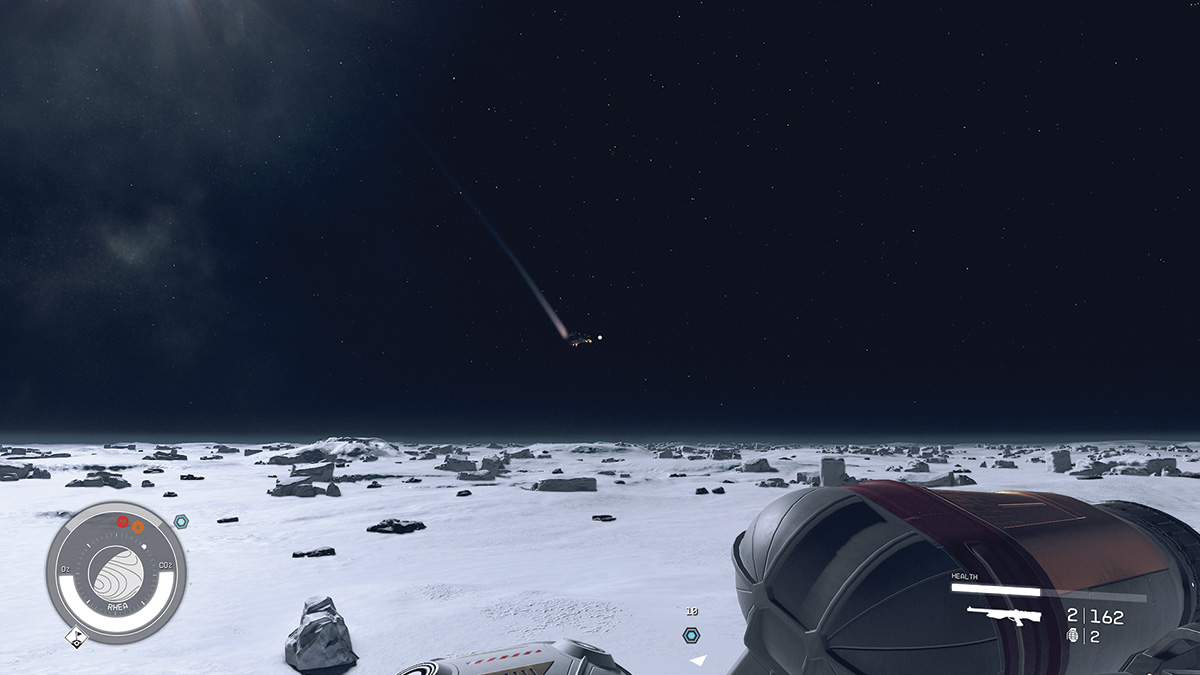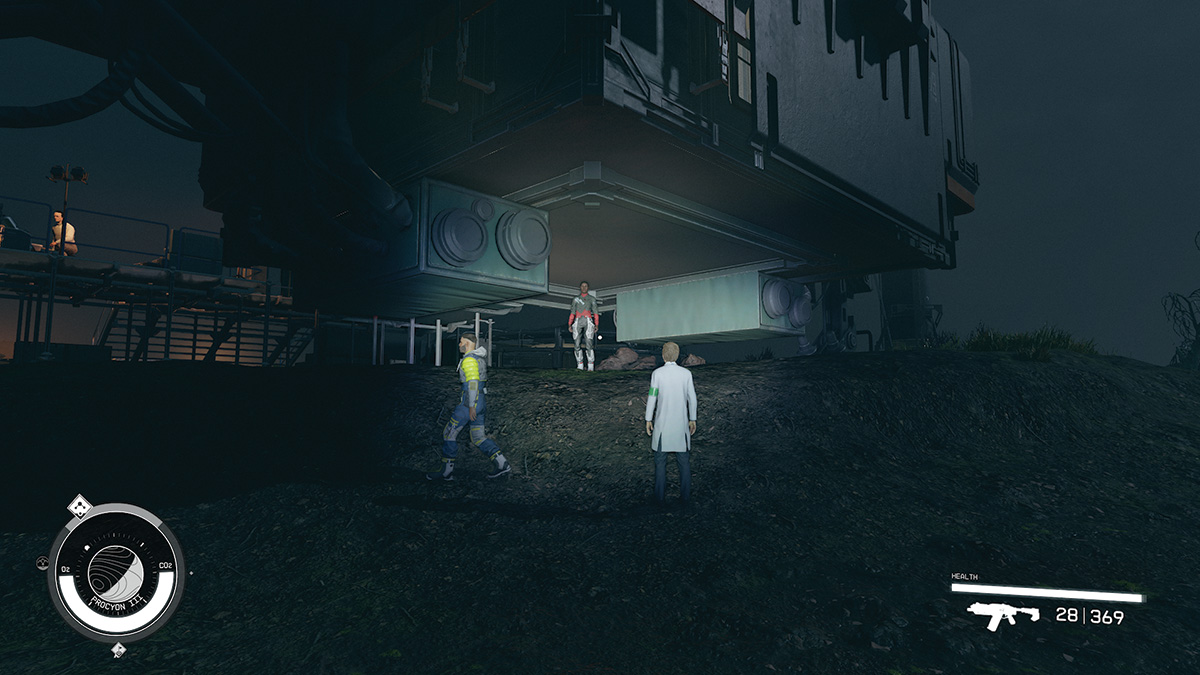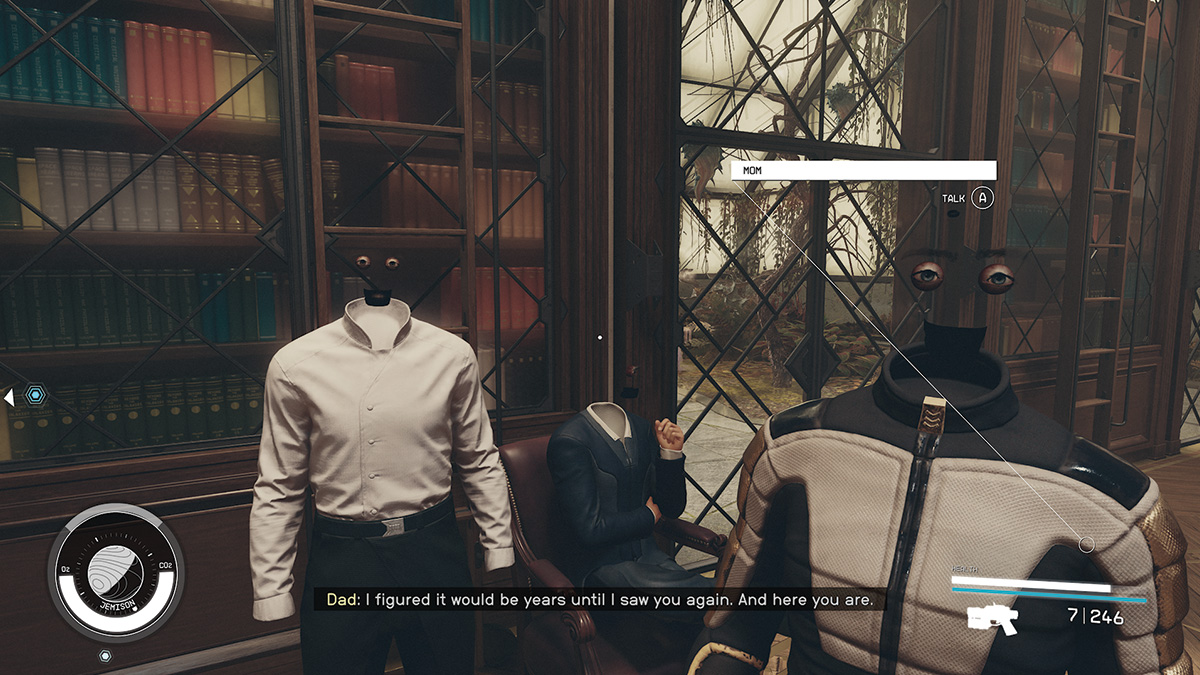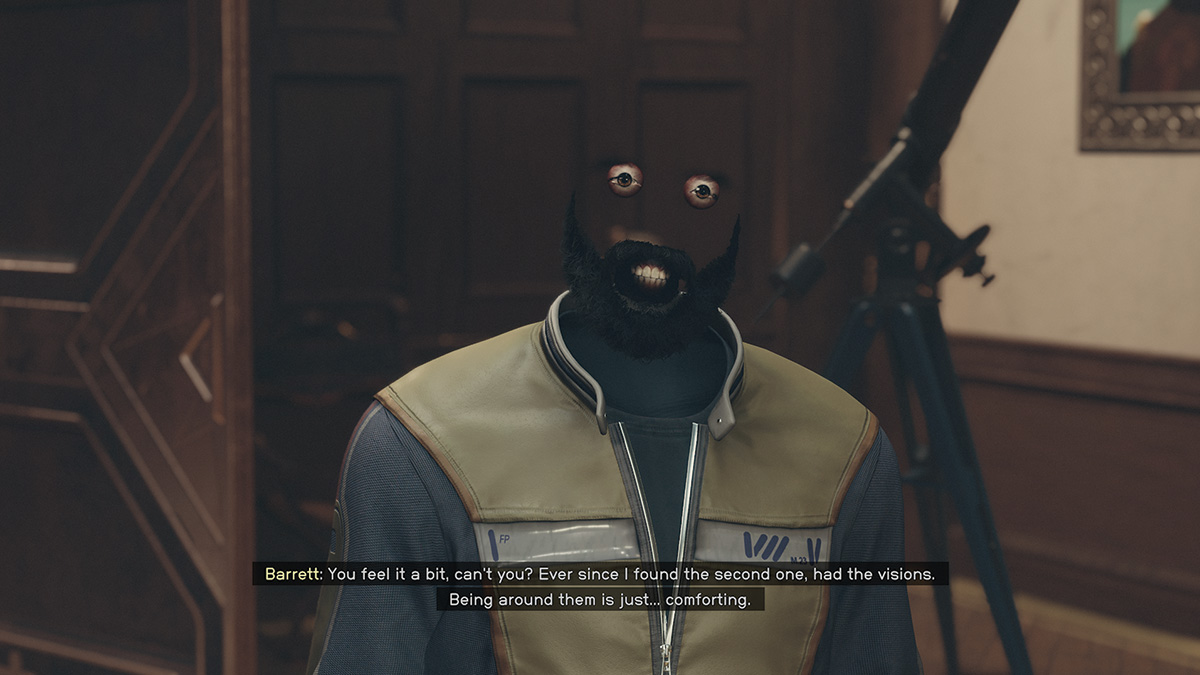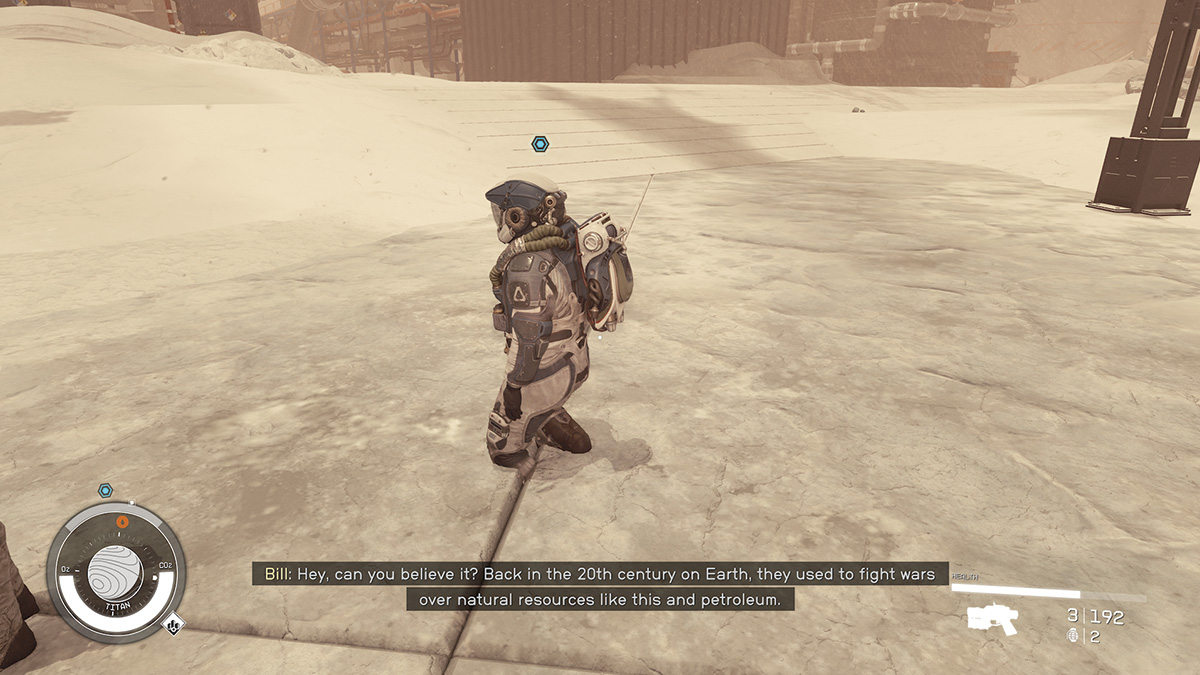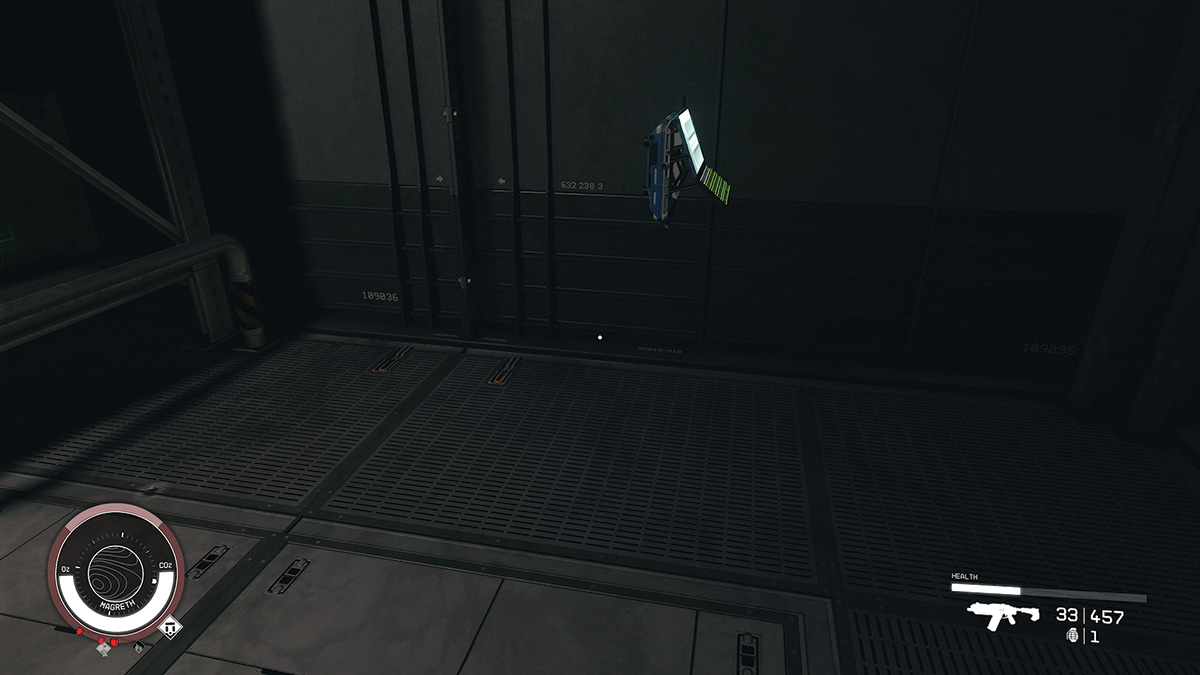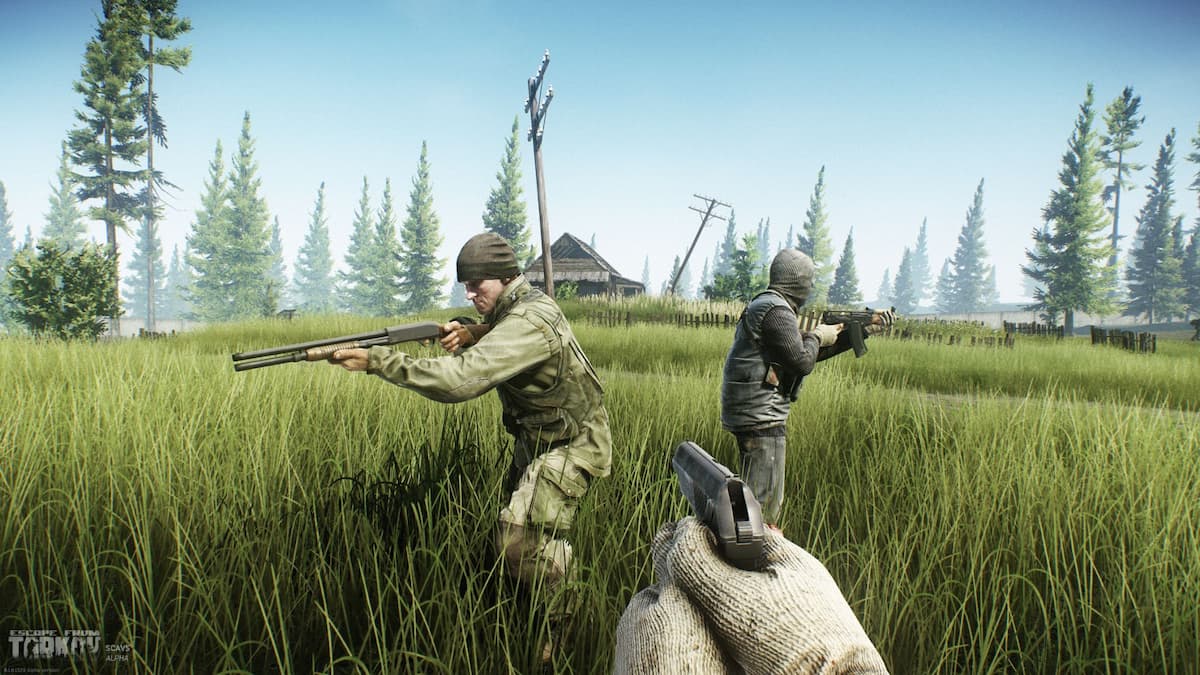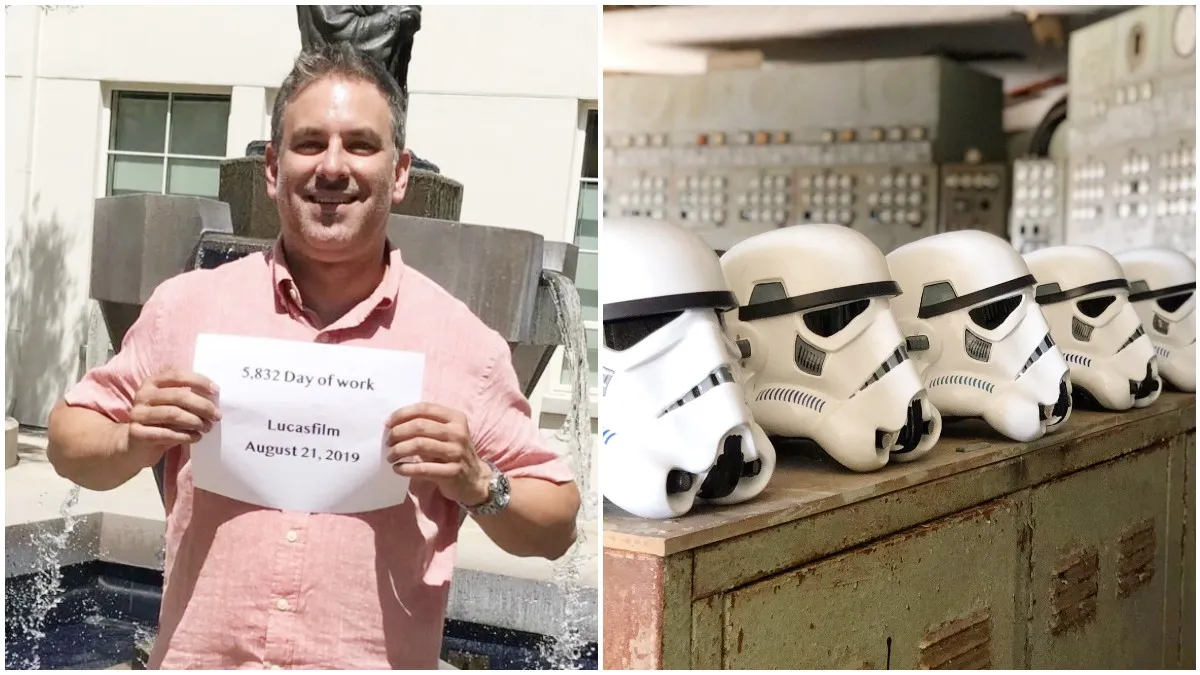Much of the way Starfield plays echoes its excellent predecessors. From the haunting musical notes that harken back to Fallout 4 to an almost mystical skill tree that vaguely reflects Skyrim, pieces of Bethesda’s previous titles build the skeletal structure of Starfield. While everything feels reminiscent of the past, it’s a brave new world filled with updated systems, packed with side stories, and littered with more content than a player could possibly hope to see in less than 200 hours. At more than 50 hours in, I’m still stumbling onto new and exciting systems to tinker with, and have barely scratched the surface of the many stories Bethesda saturated the extensive universe of Starfield with.
The ability to share a gaming experience without rehashing a plotline is the mark of any good Bethesda game. It’s what makes them playable for decades, long after the main missions are completed and each follower romanced. Because whatever Bethesda lacks in innovation – which I’m not saying this game lacks – it makes up for in sheer desirability. I’d like to give a full breakdown of what’s going on in the narrative of Starfield, but across its vast universe, I only had a moment to spend in each location, and while I gathered plenty of alien artifacts for the historical group known as Constellation, I felt as though I barely made a dent.
It goes without saying that Starfield’s universe is absolutely massive, and its size is matched by the number of factions. So many, in fact, that I never managed to interact with all of them in a meaningful way. Lawless raiders like Pirates and the House of Va’ruun populate the free territories in outer space. The Freestar Collective and the United Colonies just ended a conflict, but remain ill at ease with one another, and no one trusts the criminals in Neon. There are plenty of side quests for each, and the factions frequently pit you against their enemies, save for the instances where they need to work together. It’s a massive and complicated scope, and I’m still not entirely sure which side of the universe I agree with, but I look forward to dedicating more time to figuring it out.
Starfield is an experience rooted in reality. It’s almost mundane how well we can see our future in its established lore. Each element seems built from existing technology, and it’s clear that NASA was one of the primary creative inspirations. There were early concerns the UI was going to be too minimalistic, and yes, it is, but with good reason. It does seem alien at first, but as time passes, navigating the sleek design becomes second nature and you’ll wonder why it took you so long to master it.
But that seems to be the rule of thumb. Almost everything in Starfield is frustrating until it isn’t. From navigating the worlds to aerial combat, the early stages of gameplay have growing pains. Even the ordinary things, like character creation, took no small amount of finagling, but the results are stunning. Character models are gorgeous, and the customization for backstories is a wonderful touch. The usual RPG traits are included, but the most interesting addition is the concept of debt. In my build, I opted for parents, who spawned automatically based on my character’s looks. They required a percentage of my monthly earnings, in a silly but adorable addition that provides proud but dependent parents (who look good to boot).
The stunning visuals should come as no surprise to anyone who has been paying attention to Starfield’s development. Every single detail is lovingly crafted, and the NASA-inspired design and functionality make them all the more dynamic and believable. I found myself lingering over surfaces just to admire the detail — ogling every spaceship I boarded. The “transfer” functionality when picking up objects is a great way to start the game. It helps ground players during their discovery of the vast Starfield universe, but also those guns, space suits, and helmets deserve to be gawked at.
Cities are equally beautiful, and each section of space features its own distinct style. The Free Star Collective – essentially space cowboys — live in sturdy stone forts with dirt roads, while the United Colonies decorates its utopian-like megacities with stainless steel and glittering glasswork. The main hubs are littered with NPCs and feel alive. Quest givers, as well as companions, are scattered through the densely populated areas, incentivizing players to explore. The detail in these populated areas almost makes up for the sheer nothingness players will encounter in deep space, which I suppose should have been expected.
There very well might be over a thousand planets to explore in Starfield, but after jumping across the galaxy for nearly 50 hours, it’s clear some planets are more worthy of visiting than others. When players land their ships, a litany of radiant (i.e. procedurally generated) locations spawns on the map. It takes a fair amount of walking to reach the edge, but the areas in between are populated by randomized geological forms or locations. The lifeless planets are generally less interesting, but most have extreme weather conditions that can burn, poison, or freeze a human, even through a spacesuit. I can see how they might provide some fun once the main quests are finished, but it felt like a lot of wasted space — like it was only there to remind players of how tiny they are in this massive universe.
These long stretches of nothingness may be soul-draining, but story locations are rich and detailed, with oodles of loot and plenty of nooks and crannies to riffle through. Voice acting is strong, and even the most mundane quests – I literally toured a museum on one of the first colonies — are worth taking the time to do. Not every story is going to be a 10 out of 10, but the quests always have a small amount of ridiculousness to keep players on their toes. Space works perfectly with Bethesda’s storytelling method, too. Notes and computer entries penned by missing and long-dead settlers help breathe life into even the blandest of outposts. This same detail unfortunately makes it obvious when players are moving through a radiant station, however. It still has goodies, but there are no mentions of settlers to give the place meaning or incentivize careful exploration.
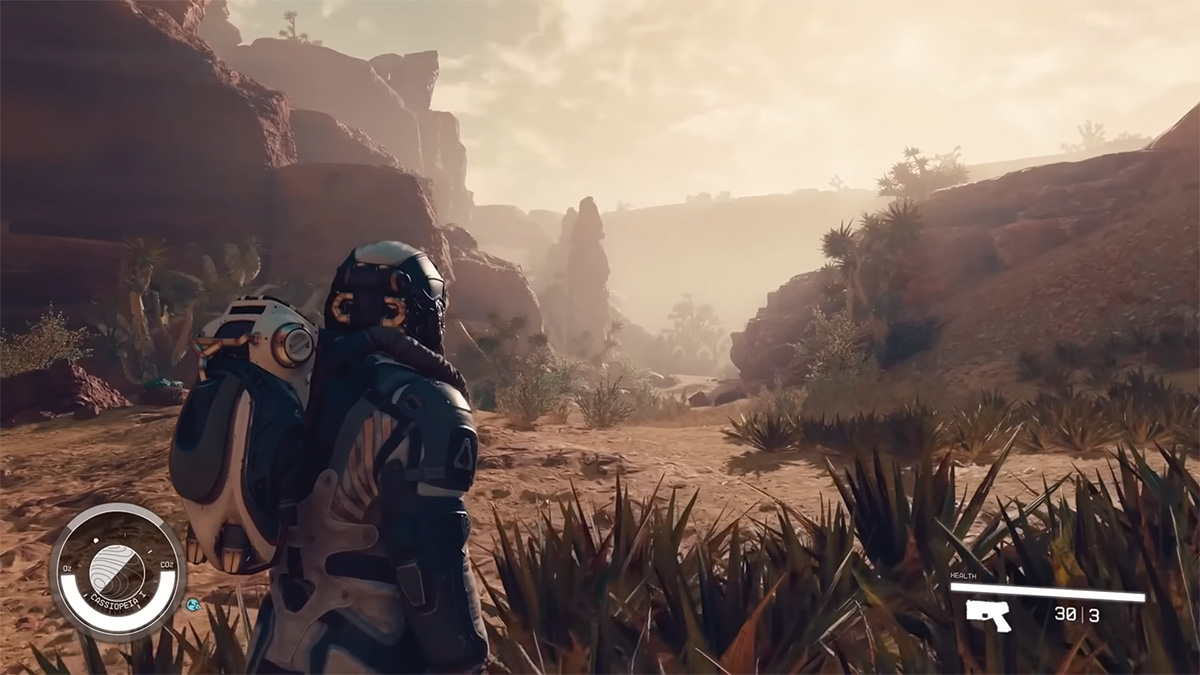
Despite that, it’s very cool to see planets nestled within their individual star systems. When they are temperate and inhabited by alien life, it’s entertaining to catalog species and vital resources used for crafting, building, and research. Many of the creatures you’ll find are unique, and I felt like a true adventurer as alien wildlife interacted around me. It’s these distinctions that make a world worth visiting — or not — during the early game. Luckily, Starfield makes it incredibly easy to leave almost any location whenever players lose interest. The fast travel system is linked to the player’s HUD, and all it takes to leave a place forever is locking on the ship – no matter how far away – and teleporting into the cockpit. And while the map doesn’t come with a very localized view, the HUD will give directions to whatever the goal is.
As the game progresses, there are plenty of skills to supplement the tired loop of walking and running – both of which utilize an updated stamina system. Stamina relies on the oxygen in your tank and depleting it — though it will replenish on its own — causes CO2 damage. Boost packs and low gravity make traversal incredibly fun, even over long, oxygen-depleting distances. A life-rich planet with low gravity can provide hours of entertainment, especially if it’s full of elements needed for crafting – of which there are several variations. There are weapon mods, food, spacesuits, and general research, and each one takes different resources. In another great update, players now have the option to place outposts to help offset the burden of collecting.
This serves as an example of one of my favorite things about Starfield — “conscientious design.” It’s built into every system that might frustrate players. Bethesda took time to craft gorgeous animations that are well worth viewing, but it also built in a way to skip almost all of them. The dev team made (most) travel fast and easy, even though players are covering light-years’ worth of space. Even the dialogue has a fast-pass option for the new charisma system, which requires a specific number of points to pass a dialogue check. Players may not be able to fly in the atmosphere around a planet’s surface, but they can land on a planet however many times they desire and constantly be greeted with fresh — albeit radiant — locations to explore. But where Starfield shines surprisingly bright is in its fast-paced combat.
Though combat handles like a car you’ve driven before, it’s been overhauled. Enemy AI has been reworked to prioritize self-preservation, and they will fall back to find cover, call for reinforcements, or outright hide. They never stop trash-talking, which makes them relatively easy to flush out and pinpoint; though this could be a bug. Either way, in classic Bethesda style, it plays enough like a feature to make it seem purposeful. And while enemies are still blissfully unaware when it comes to stealth attacks, the AI really does seem to prioritize survival over enemy death. Alien predators are dangerous, and I frequently found myself hunted by carnivores while minding my own business. This all makes combat incredibly fun, especially once players have a boost pack and can easily launch themselves from one area to another. This enjoyment is brought to god-tier levels in low or no-gravity situations, and I cannot give Bethesda enough credit for the set pieces that involve both horizontal and vertical movement. Trying to fend off pirates while gravity oscillates between on and off is incredible — zero-g combat is smooth and effortless.
The new injury system adds yet another challenge to an already ambitious title. Aside from keeping an eye on your health bar, you might sustain localized wounds, and each requires a specific remedy to treat, meaning players will have to carry multiple medicines and aids or risk exacerbating their injuries. Burns and lacerations that go untreated slowly drain your life and can impact maximum health, O2 levels, and movement speed. If untreated, a wound can become much more deadly, and when out in the deep recesses of space, there are few places to get supplies. Players will also have to be cognizant of their ship’s damage and ensure that their hold is well-stocked with repair parts.
Aerial combat can be just as rewarding as ground combat, but it also served as one of my biggest frustrations. Flying controls are incredibly easy to pick up, but piloting requires no small amount of skill. Players have to assign their ship’s systems power in order to fly, shoot, or grav jump, and the distribution can muddle the water if players are attacked in orbit – though it does make for some fun immersion. I quickly found myself dumping points into piloting to gain the upper hand, due to the inability to skip or disengage space fights once combat begins. The more skills you put in, the easier flying becomes, so even the worst players can level the field – so long as they’re willing to put in the time. As frustrating as it was to die in a 3 vs. 1 dogfight, it was even more gratifying to smoke the buggers after my umpteenth try. Theoretically, players can assign followers to fulfill certain positions aboard their ships, but I never quite figured it out. What can I say, I’m more of a lone ranger (despite the game hurling followers at me left and right).
Starfield wants you to take a crew with you into the unknown, and Constellation’s many members are more than willing to join your space family. I had six people on my tiny ship at one point, and — while there was only one bed — my followers didn’t seem concerned. They are nice to have around and interesting to get to know, even if they talk over one another constantly. The group is incredibly diverse and, though I only enlisted five, there were plenty I encountered and left behind. The writing and voice acting for each have been excellent so far, but in the grand scheme of the universe, I found myself more interested in what was going on in the deep unknown of space rather than my companion’s backstories.
There is plenty to do in Starfield that doesn’t rely on having followers, but Bethesda’s new take on settlements does. Outposts can be placed on any planet and can house followers and settlers alike. Certain skills are required to make outposts run smoothly —like geologists for mining — but Starfield is rife with ready and willing NPCs to fill those vacancies. I didn’t get far, since homesteading requires a ton of metals, but I liked what little building I was able to accomplish. The top-down mode for placement was a great touch, and this time around, prefabs are full habitats rather than janky pieces of wall and floor. Much like Fallout 4, settlements won’t be for everyone, but the ability to automatically gather resources and control a town will scratch that itch for management simulation fans.
And that’s what makes Starfield so good. It might not do everything perfectly, but it does everything pretty well. Sure, there are bugs — character models will load without hair, or as floating eyeballs and mouths, and bodies will even ricochet into space with little warning, but those minor inconveniences don’t hold a candle to its overwhelming scope. It easily joins its predecessors as a title that will hold players’ attention for years to come. Like the ship of Theseus, Starfield is functionally the same as the games that came before it, but spiritually, it’s a whole new beast. It can be uncomfortable to venture into the unknown, but Starfield teaches what it needs to, do and leaves it to the player to turn that small leap into a giant step. Where many others have failed, Bethesda reigns supreme, because once you learn how to navigate the overwhelming scope of Starfield, the galaxy’s the limit.
This review is based on the Xbox Series X version of the game. A copy was provided by Bethesda Softworks.


